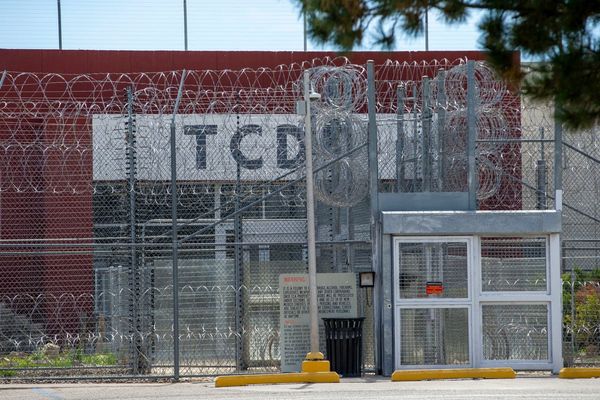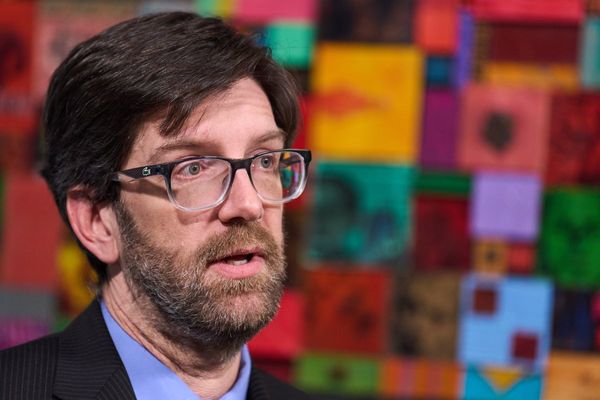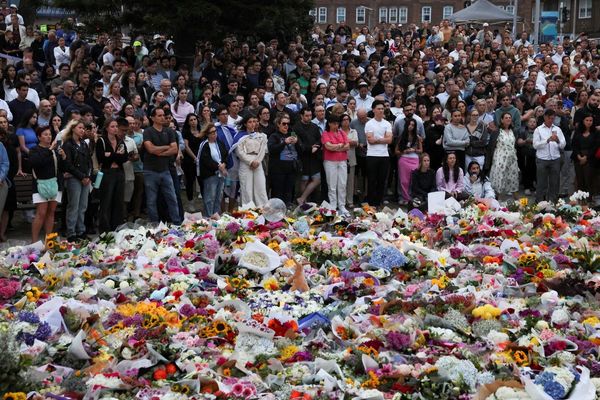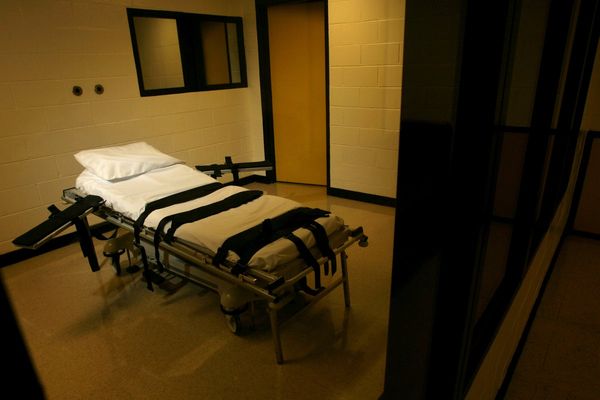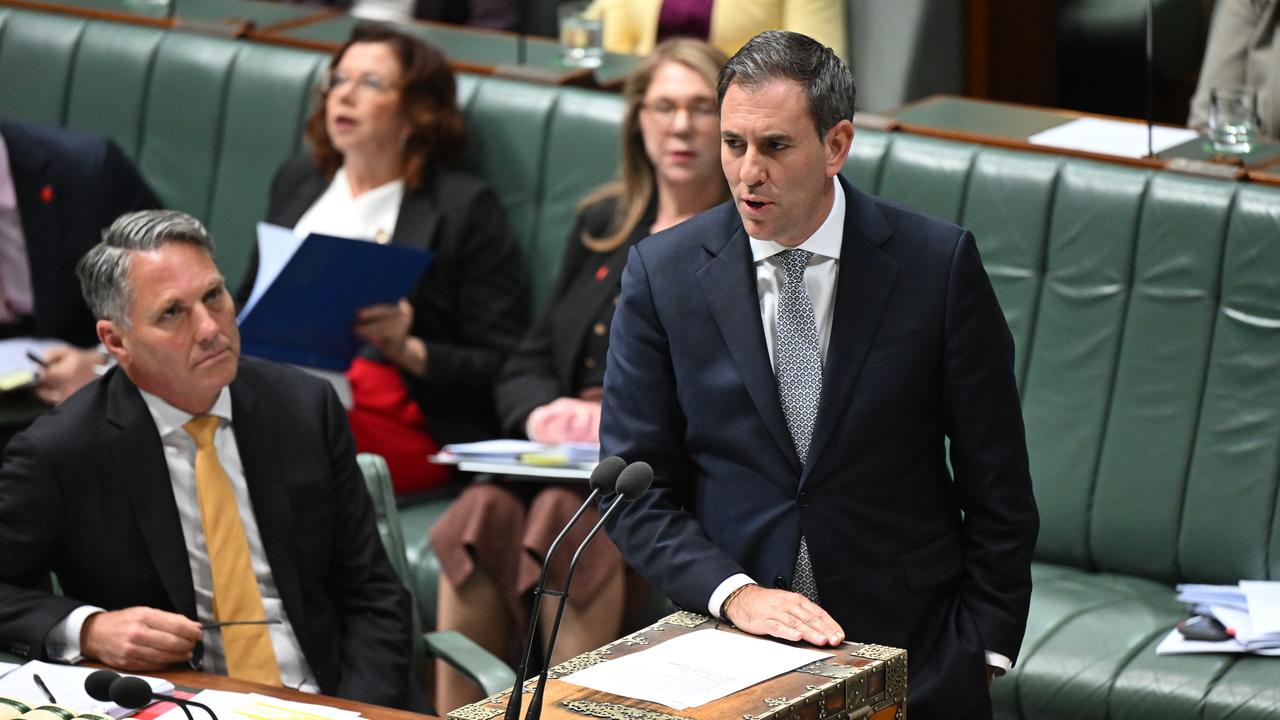
Treasurer Jim Chalmers has attacked the coalition's economic record after the opposition raised the spectre of stagflation following a horror consumer price result.
Headline inflation soared to 3.2 per cent in the September quarter, Australian Bureau of Statistics data showed on Wednesday, jumping out of the Reserve Bank's target band of two to three per cent.
The result has all but scuppered any chances of more interest rate relief next week.
It came just a couple of weeks after the unemployment rate surged to 4.5 per cent - the highest level in almost four years.
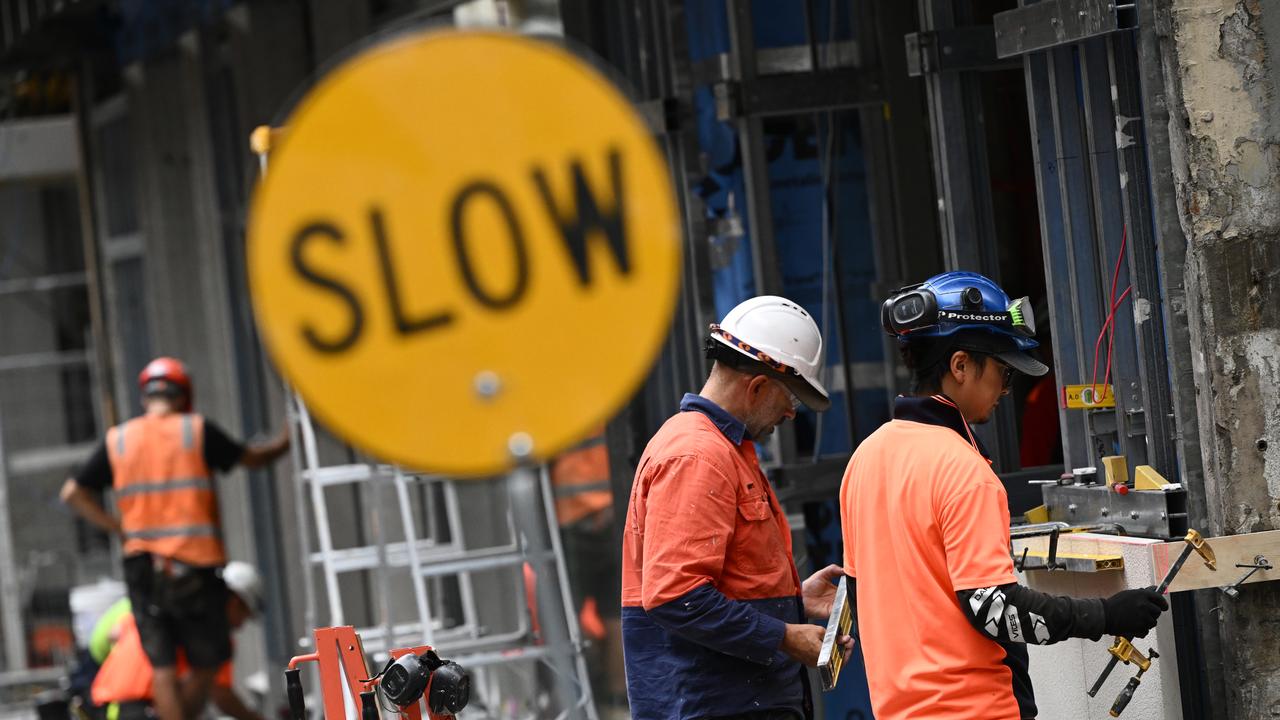
The opposition latched onto the surprise result to compare the government's economic management to the disastrous outcomes of the 1970s, when high inflation and unemployment smashed Australians' living standards.
Opposition finance spokesman James Paterson said he was concerned the government's economic mismanagement had Australia on track for a repeat of the "utter economic misery" of the Whitlam era.
"Now we're not there yet, and I hope we don't get there, but I'm not convinced that this government has a plan to turn that around," he told Sky News on Thursday.
In federal parliament, shadow treasurer Ted O'Brien called on Dr Chalmers to explain why unemployment and inflation were well above the RBA's forecasts, not unlike stagflation of the 1970s.

In response, the treasurer deflected from the recent rise in inflation and unemployment, pointing out both were still far lower than the levels Labor inherited from the coalition.
"When inflation was absolutely galloping in our economy in 2022 - 6.1 per cent and rising fast - they were pouring more and more fuel onto the flames," Dr Chalmers said.
"They have no economic credibility, especially when it comes to inflation, especially when it comes to employment, and also when it comes to real wages."
AMP deputy chief economist Diana Mousina cautioned the doomsaying was a little over the top.
While it made sense for the central bank to not rush into more rate cuts while inflation was ticking up, the situation was a far cry from the stagflation of the 1970s.
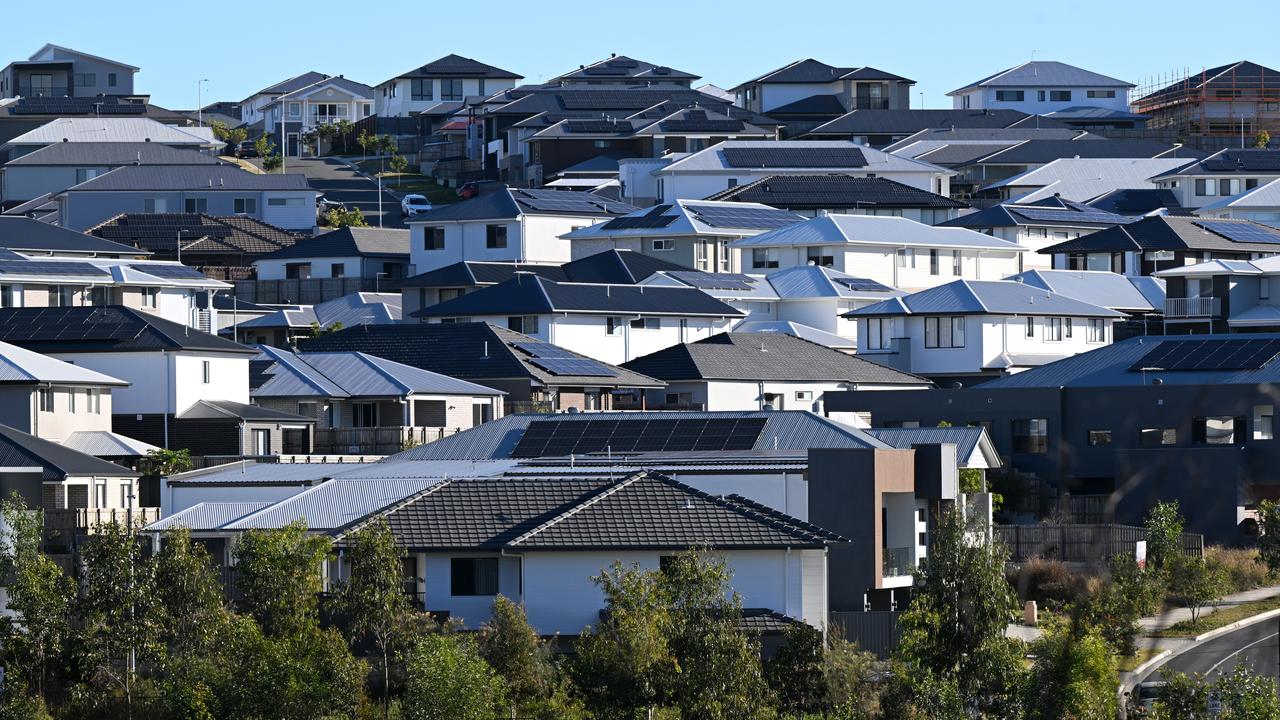
"Stagflation is when you have the unemployment rate really high - five, six per cent - and inflation well above the target band," Ms Mousina told AAP.
"We're talking about trimmed mean (inflation) at three per cent. Most other countries at the moment have core inflation around three per cent, so I don't think that we should be panicking."
Leading indicators such as job advertisements and hiring intentions showed the labour market was likely to remain relatively resilient.
Forward indicators of inflation, like commodity prices and wages growth, all pointed to softer inflation ahead, Ms Mousina said.
While rate cuts are off the cards this year, she said there was still a case for at least one more cut in 2026, assuming inflation and unemployment drop down again.
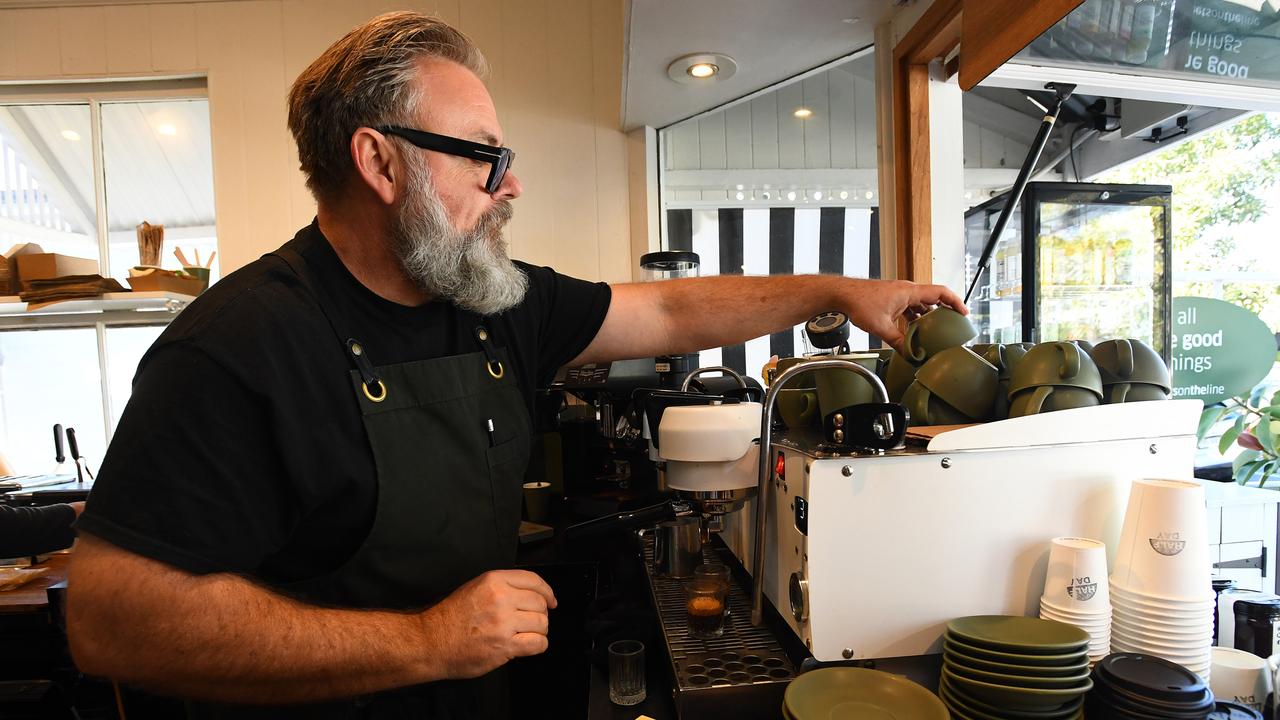
Other economists are less optimistic, with analysts at Commonwealth Bank on Wednesday removing their prediction for another rate cut.
Commsec chief economist Ryan Felsman said a surprising feature of the inflation data was a massive increase in the price of coffee, with prices for coffee, tea and cocoa up 14.6 per cent.
This was largely driven by bad weather in the coffee bean powerhouses of Brazil and Vietnam, along with US President Donald Trump's tariffs, Mr Felsman told AAP.
